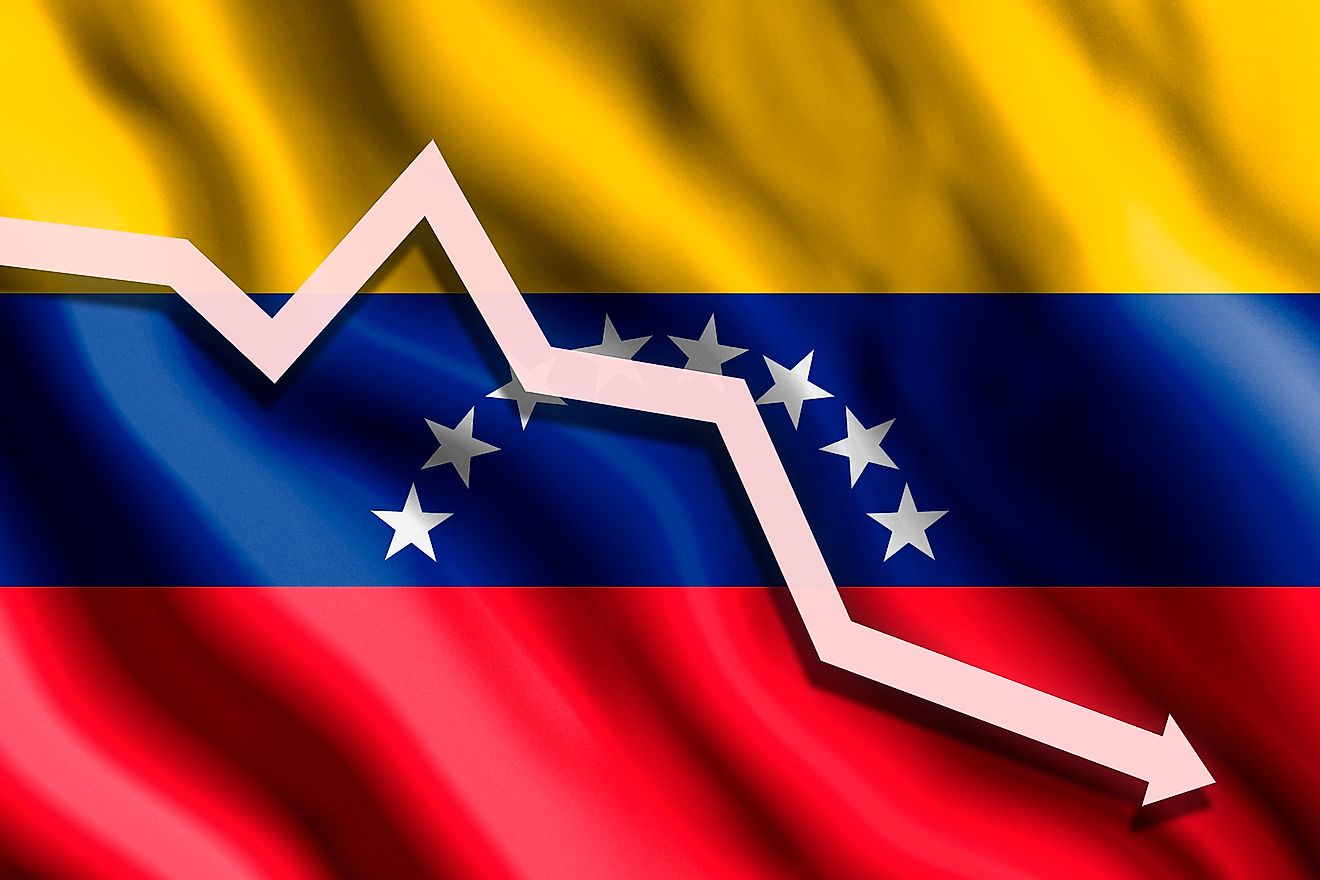Most Rigged, Fraudulent, And Corrupt U.S. Elections In History

In the United States, Presidential, Congressional, state-level, and municipal elections alike have often been characterized by fears that a candidate would steal votes or that they would otherwise be rigged. Accusations of stolen or rigged elections have been common in the history of the country, some candidates have accused their opponents of cheating them out of the U.S. Presidency, such as in the case of Aaron Burr and Thomas Jefferson in 1800. Throughout the 19th Century, almost every candidate claimed that electoral fraud was committed. However, sometimes the accuser was right because the electoral process is never fraud-proof. Some of the most controversial presidential and state level elections in the history of the United States of America are looked at herein.
10. U.S. Presidential Election of 2004
The US Presidential Election of 2004 was the country’s 54th and was held on November 2nd, 2004. The race was between the incumbent president George W Bush, and John Kerry, the Democratic candidate. Bush won with a small margin in the popular vote. However, the ballot papers and the voting were marked by error, omission and mistakes. In Minnesota, one elector cast a ballot with the name John Edward instead of John Kerry. In New York, the certificate indicated that 31 presidential votes were marked John L Kerry instead of John F Kerry. Also, there was an allegation of data irregularities and flaws during the voting process, particularly in Ohio. The Democrats dismissed the Ohio results claiming voter suppression and unreliable machines. They also accused the Republicans of engaging in unethical activities to manipulate the elections. There were also discrepancies in the number of votes obtained by Bush in counties where touch-screen machines and other voting equipment were used.
9. 2002 New Hampshire Senate Election
The 2002 New Hampshire Senate Election was held on November 2nd, 2002, following the incumbent Senator Bob Smith's decision to step down from his seat to run for the U.S. Presidency as an independent candidate. He claimed that the Republican Party was not ideal, a remark which would later deny him the nominations when he rejoined the party for the Senate election. The Republicans nominated John Sununu while the Democrats nominated Jeanne Shaheen with the Republicans’ candidate winning the final elections. The campaign was characterized by phone jamming scandal by a telemarketing firm hired by the Republican Party to tamper with the elections. The operation involved using call centers to jam phone lines of the Democratic call centers. Four men have since been persecuted for their role in the scandal.
8. U.S. Presidential Election of 1960 in Illinois
The US Presidential Election was the 44th and was held on November 8th, 1960. The presidency was contested by Democrats’ John F Kennedy and Republicans’ Richard Nixon. The election was closely contested with Kennedy winning by 0.17% of the votes despite Nixon winning popular votes in 26 states. Kennedy’s victory was credited to the Roman Catholic support base, the economic recession of 1957 to 1958 which had affected the ratings of Republican, and his campaigning skills. However, most people believed that Kennedy was a beneficiary of vote fraud, especially in Illinois and Texas. He won Illinois by a margin of 0.2% with Nixon winning 92 of the 101 counties. The Republicans rejected the results while 650 people were arrested and charged with voter fraud.
7. 2006 Virginia U.S. Senate Election
The 2006 Virginia US Senate Election was held on November 7th, 2006, with the Republicans’ George Allen losing narrowly to the Democratic candidate Jim Webb. Allen, who was initially favored to win the race, was caught on videotape using ethnic slur in reference to one of Webb’s campaign team member who was of Indian ancestry. The allegations considerably affected his campaign leading to his defeat by a margin of only 0.3%. The election was characterized by controversies involving both candidates, but Allen’s dramatic drop in the approval rating was his making. With the margin below 0.5%, Allen had an option of requesting for a recount but opted to concede defeat because he did not want to be labeled “sore loser” in case he lost the recount.
6. 2010 Maryland State Governor Election
The 2010 Maryland State Governor Election was held on November 2nd, 2010 to elect the Governor alongside the members of Maryland General Assembly. Martin O’Malley and Anthony G Brown, the incumbent Governor and Lieutenant Governor, pursued a successful reelection on a Democratic ticket, becoming the first candidates in the history of Maryland Gubernatorial elections to receive more than one million votes on the way to defeating the Republican candidate, Robert Ehrlich, by almost 15% of the votes. The Republican candidate resorted to Voter Suppression techniques where the Democrat’s African-American voters were tricked into staying at home with the claim that their candidate had won thus there was no need of them coming to vote. The message reached about 112,000 voters with majority failing to vote. Some members of Robert Ehrlich’s campaign team were convicted of fraud in 2011 because of the calls.
5. New York State Senate Election of 1891
The New York State Senate Election of 1891 was held on January 20th and 21st by the New York State Legislature to elect a senator to represent the districts of New York in the State Senate. The elections were organized to replace Republican William Evarts whose term was coming to an end on March 3, 1891. The Democrats nominated David B Hill as their flag bearer while the Republicans nominated the incumbent William Evarts unanimously as their candidate. Both the Houses of Senate took their ballots separately on January 20, 1891, with Senator Evarts winning in the State Senate while Hill won the Assembly vote. Both houses could not agree on whom to give the seat and proceeded to a joint ballot. Hill won the contest with majority 2 votes garnering 81 votes to Evarts’ 79.
4. Kansas Territorial Legislature Election of 1855
The first Kansas territorial election, held in 1855, was one of the most disputed and controversial territorial elections in the history of the United States. Border ruffians forced their way to Kansas and demanded the election of the pro-slavery legislature. Despite the number of votes cast exceeding the number of registered voters in Kansas, Andrew Reeder, who was the governor of Kansas, approved the elections in an attempt to avert further violence. The political confrontations began with the approval of the Kansas-Nebraska Act in 1854 by President Franklin Pierce. The question as to whether the Kansas will allow or abolish slave trade led to political confrontations. The pro-slavery defrauded the elections leading to the formation of Kansas Free State. In April of 1856, a Congressional Committee was set up to investigate claims of voting fraud. The committee discovered that non-residents had participated in the election, a claim President Pierce refused to recognize.
3. U.S. Presidential Election of 1876
The US Presidential Election of 1876 is among the most disputed in the annals of American history, with the results being arguably the most disputed ever. Samuel J. Tilden won the first count of votes garnering 184 votes against Rutherford B Hayes’ 165 votes. However, 20 electoral votes from four states remained unresolved with each party claiming victory in the four states. The controversy remains on who should have been given these votes. A Compromise of 1877 that awarded the votes to Hayes was reached. The compromise also relinquished power in the Southern State to the Democratic Redeemer. 1876 was the first election in which a presidential candidate garnered more than half of the votes but was never elected by the Electoral College and also one of the three elections in which the winner of most popular votes failed to win the election.
2. New York State Governor Election of 1793
The New York Governor Election of 1792 was held in April to elect the Governor and the Lieutenant Governor of New York. The elections pitted John Jay against George Clinton with John receiving more votes. However, the votes from the counties of Otsego, Clinton, and Tioga were disqualified on technicalities and thus were not included in the final tally giving George Clinton a slight majority. The votes from the three counties were canvassed by a joint committee of 12 members, six each from Senate and Assembly. The canvass committee could not agree on whether the ballots be recounted or not. The issue was forwarded to the US Senators, Rufus King and Aaron Burr for arbitration with the King suggesting that all the votes be canvassed while Burr suggested that only ballots from Clinton ought to be allowed. The Majority of the canvass committee rejected all the ballots handing George Clinton majority of the votes.
1. U.S. Presidential Election of 2000
The US Presidential Election of 2000, the country’s 54th, was held on November 7th, 200o. The contest was between Republican’s George W Bush and the incumbent vice president and the Democratic candidate Al Gore. The campaigns focused on the domestic issues including tax, reforms, budget, and social insurance reforms. The outcome of the 2000 election was the closest presidential election in the history of the country. The election results were pegged on Florida with the margin of victory triggering a recount. Litigation in some counties also started further recounts, with the US Supreme Court awarding the Florida vote to George W Bush granting him victory. However, further studies have given conflicting opinion on the legitimate winner of the Florida votes since the recount was not allowed to proceed by the Supreme Court. Al Gore also blamed his failure to win the presidency on the sex scandal on the then-President Bill Clinton as having affected the ratings of their Democratic Party.











